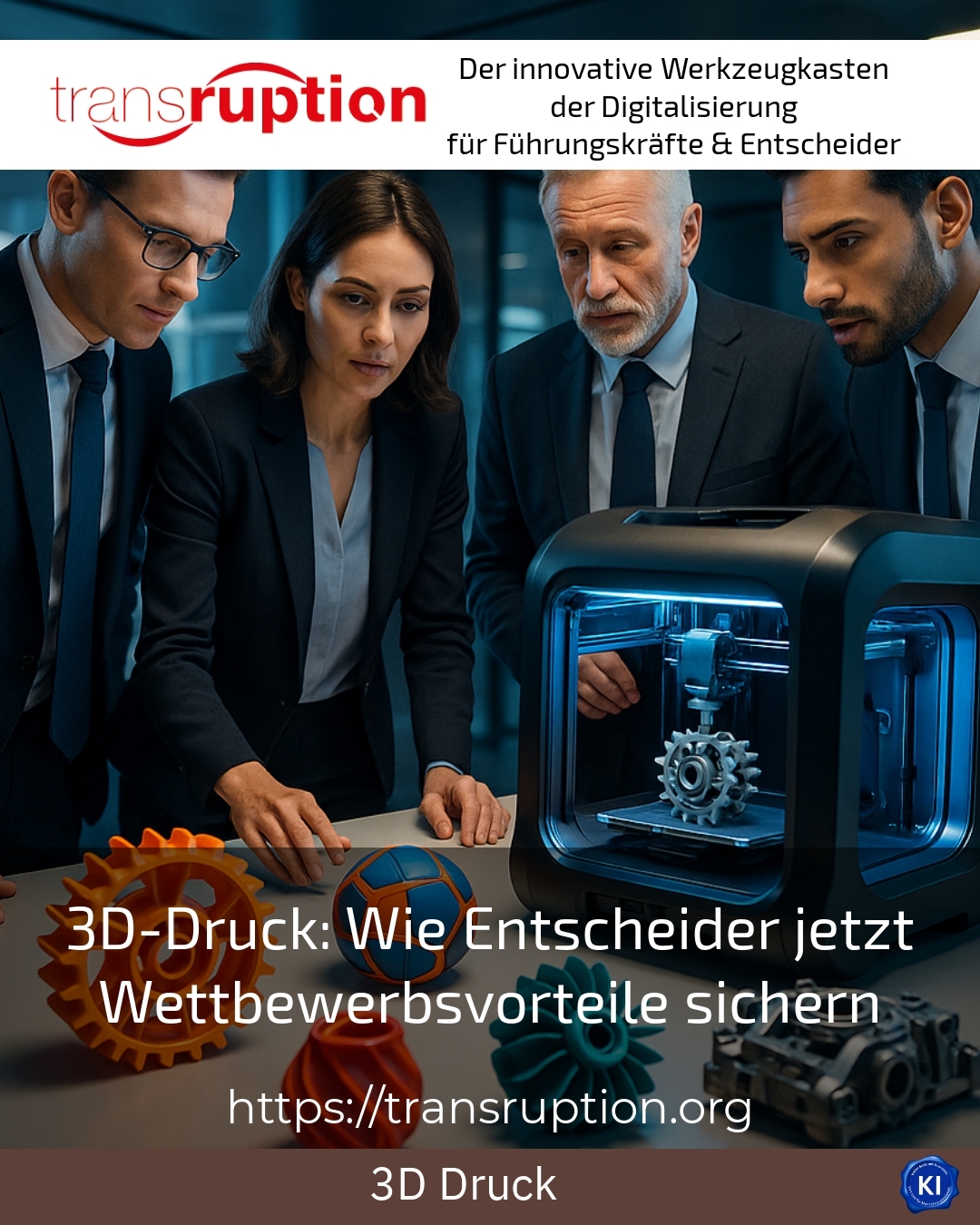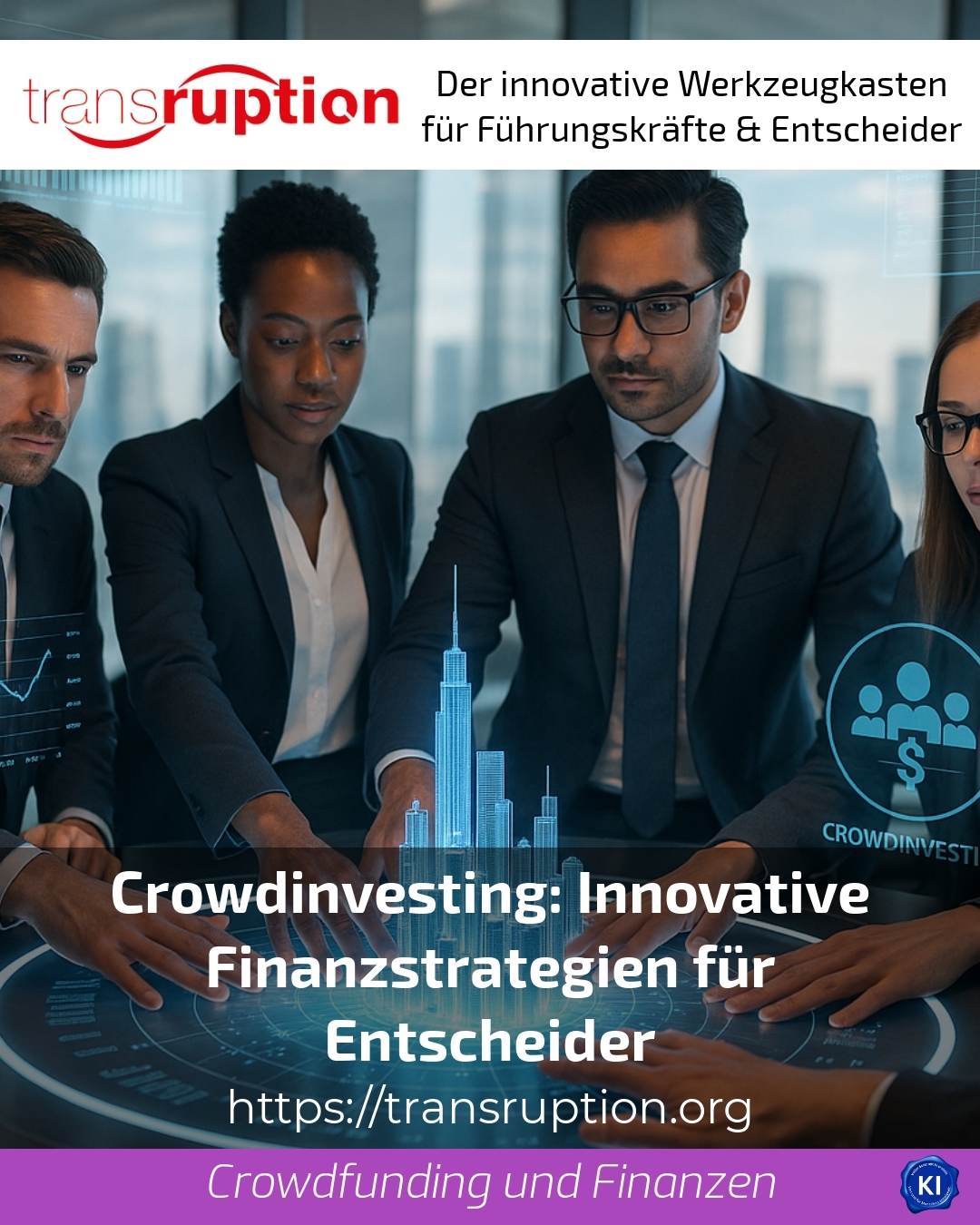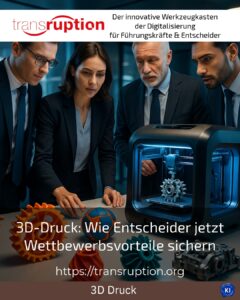New ways of crowdinvesting in the financial world
Crowdinvesting opens innovative doors for companies and investors alike. More and more decision-makers are looking for alternative financing models to drive growth and innovation. The special feature is that capital does not just come from traditional lenders, but is pooled by many individual investors. This strengthens the connection between the project and the crowd and enables projects that would otherwise have little access to capital to realise their plans.
Many entrepreneurs come to us with questions about financing, investment and risk. They are looking for support to help them set up projects in a structured manner and organise communication with investors. Our experience shows that crowdinvesting is increasingly being used as a means of diversifying the financing base and often provides new impetus for company growth. It is not about promising a quick solution, but about providing sound support and valuable strategic impetus.
Crowdinvesting as a building block for sustainable financial strategies
Crowdinvesting offers a wide range of opportunities. Decision-makers use it specifically to establish a modern alternative alongside traditional bank loans. This form of financing can be divided into different models, such as equity and debt crowdinvesting. The choice depends on the individual project, the risk appetite and the desired investor involvement.
One key advantage is the high degree of flexibility: the capital of many investors can be capitalised even with smaller sums. This makes it easier for innovative companies in particular to enter the market and scale up. Crowdinvesting also creates transparency through close dialogue with investors, which builds trust and creates long-term partnerships.
Insights into industry examples
In the technology sector, start-ups often rely on crowdinvesting to finance their product development. In this way, the start-up for intelligent building technology can realise initial prototypes more quickly with a well-funded network and receive valuable feedback from investors, who also act as multipliers.
Crowdinvesting is also making waves in the area of sustainable food production. Companies that produce food without additives are using the crowd to finance production facilities and marketing campaigns. This not only builds up capital, but also customer loyalty, as investors are emotionally involved.
In the property sector, crowd investing enables broader participation in construction projects. This allows interested investors to participate directly in the development of new construction projects - a model that benefits up-and-coming property developers in particular and appeals to many investors who were previously excluded due to high minimum amounts.
Support and impetus in the crowdinvesting process
Our support focusses on supporting decision-makers with tangible expert knowledge and tried-and-tested methods. For complex financing projects in particular, it is advisable to have professionals at your side who can make the process transparent and identify potential stumbling blocks at an early stage.
Clients often report that intensive preparation is crucial. This involves jointly reviewing and optimising financial plans, legal frameworks and marketing strategies. The aim is to address the crowd in a targeted manner and gain the trust of investors. This not only leads to a successful financing deal, but also strengthens the sustainable development of the company.
BEST PRACTICE at company XYZ (name changed due to NDA contract) A crowdinvesting project was realised here to finance an innovative platform for renewable energies. A motivated community of investors was built up through clear communication and regular updates. The project not only reached the financing amount quickly, but also benefited from valuable customer feedback, which guided further product development.
BEST PRACTICE at ABC (name changed due to NDA contract) A medium-sized technology company used crowdinvesting to finance the next stage of product expansion. The visibility gained in the process also helped to build partnerships within the industry. Particular emphasis was placed on transparent reporting, which strengthened the trust of the crowd and facilitated follow-up financing.
BEST PRACTICE at DEF (name changed due to NDA contract) In the construction industry, a start-up realised a crowdinvesting model for sustainable housing projects. The combination of a financing model and community building not only created capital, but also increased brand awareness and social acceptance for sustainable construction.
What decision-makers should look out for when crowdinvesting
With crowdinvesting, decision-makers should ensure that they know the target group of investors precisely and realistically assess their expectations. The creation of meaningful presentations and business plans is essential.
Another important point is the management of investor expectations through regular transparent communication and updates. This contributes significantly to building trust and increases the chances of follow-up financing.
It is also advisable to familiarise yourself with the legal and tax framework and to consult experts if necessary. In this way, potential stumbling blocks can be identified at an early stage and professionally resolved.
My analysis
Crowdinvesting offers an exciting addition to traditional financing methods. It supports companies in particular when it comes to realising new projects quickly, flexibly and with a committed community of investors. Decision-makers who embark on this path benefit from intensive support and strategic planning. Crowdinvesting is not a guarantee, but it often provides valuable impetus and supports sustainable growth.
Further links from the text above:
[1] Crowdfunding in Germany: Business Ecosystem Overview
[2] Crowdinvesting for investors - Invest in ...
[4] Equity Crowdfunding, a New Asset Class
For more information and if you have any questions, please contact Contact us or read more blog posts on the topic TRANSRUPTION here.
















